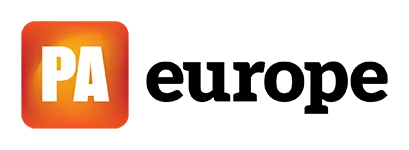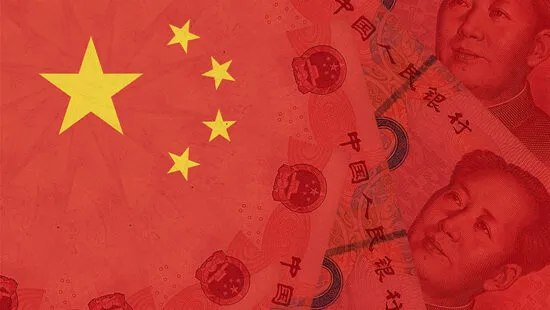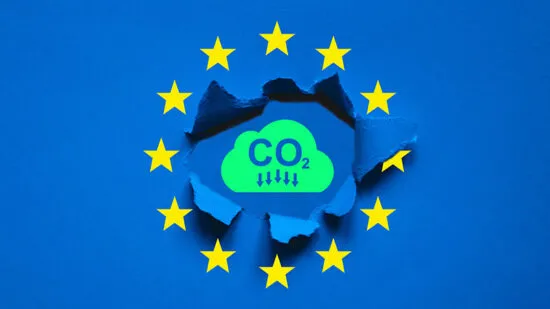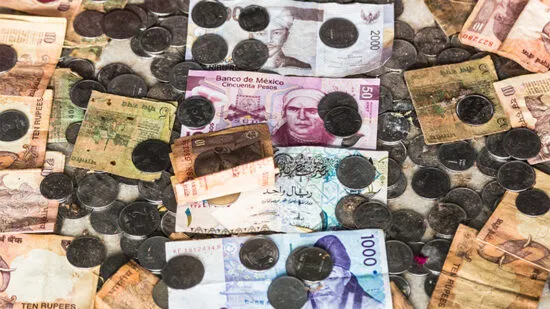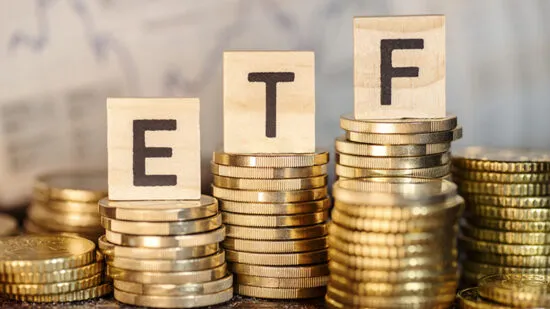”If a fund passes this first phase, it will then be examined more thoroughly in a qualitative screening. This is the most important stage for us, as we analyse the investment process and philosophy of the fund, and the people behind the fund. We never include a fund in our model portfolio without having met the manager,” says Orgland.
The third and final phase of the selection process is the counterparty analysis.“In this concluding phase, we check the background of the company, for example that they have good client reporting and compliance.”
Domestic focus
Industrifinans has a list of 50 to 100 funds that meet these criteria and that are monitored on an ongoing basis, although they are not all included in the company’s model portfolio. This is shaped to a great extent by geographical reality: all of Orgland’s clients are Norwegian.
“Norwegian investors normally have two equity asset classes: Norwegian and global equities. So we invest a lot in global equity funds. In the global part, our clients have a core holding in global funds and possibl ysome satellites in regional and sector equity funds,“ says Orgland.
“An example of a global equity fund we like is the Nordea Stable Global Equity Fund, because we share the same philosophy. What perhaps sets us apart a bit is that we have a basic philosophy to fund selection that we apply consistently. We like to approach a fund as a bottom-up investor with an active approach to the portfolio.”
While Industrifinans’s standard model of asset allocation in the equity space is well established, according to Orgland there is a long-standing tendency in Norway of diminishing home bias. “In our model portfolio, we now have an allocation of 20% to Norwegian equities and 40% to global equities. On top of that, we are now underweight Norway and overweight global stocks.” In the global category, he is underweight US and overweight Europe.
Well oiled
Although overall allocation to Norwegian equities is falling, the composition of the model portfolio still means that Industrifinans’ clients have a high exposure to the oil price. Eleven of the 25 companies included in the main OBX Index on the Oslo stock exchange are from the oil and gas sector. These together account for almost a third of total market capitalisation, with Statoil, the oil company majority-owned by the Norwegian state, accounting for the bulk of this.

This has its consequences for the selection of funds in the global equity bucket, says Orgland. “It implies that we don’t invest in commodity funds and wouldn’t select a global fund with high allocation to commodities. We tell our clients that they should consider Norwegian equities as an investment with a high degree of correlation with commodities.
Oil-exporting countries like Norway have been hit hard by the plunge of the oil price, although in the case of Norway it mainly meant that its much-prized state oil fund, the biggest sovereign wealth fund in the world with over €800bn in assets, saw net receipts evaporate to only NOK5bn in the first quarter of 2015, the lowest level in 16 years.
